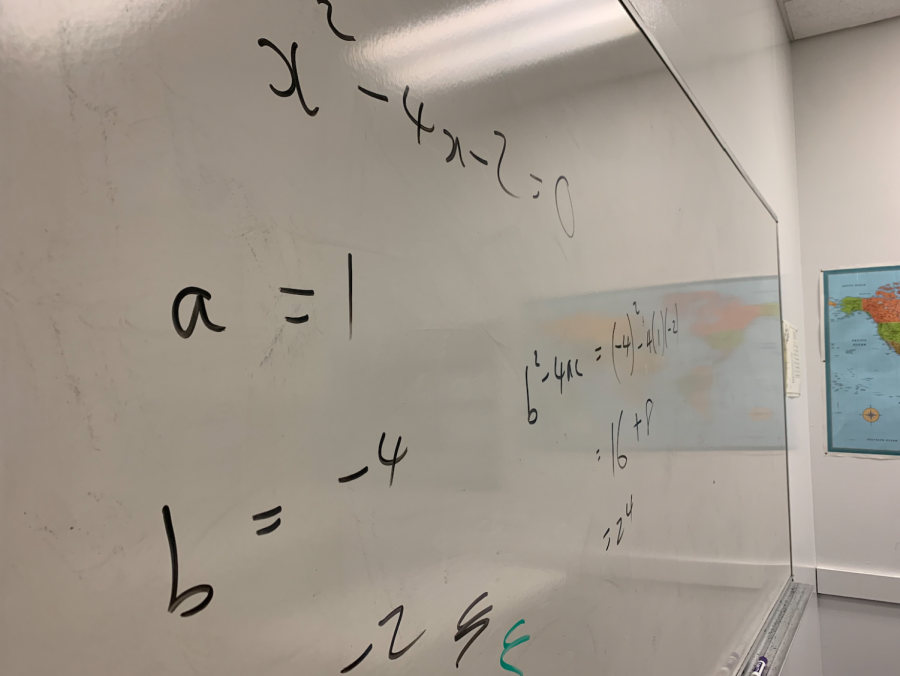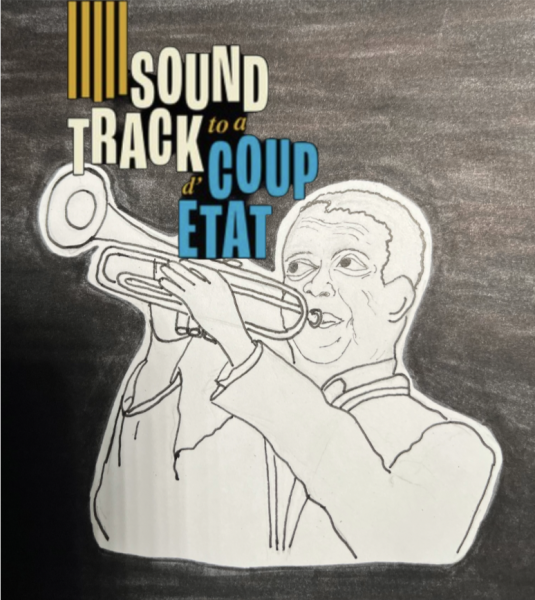Math Syllabus Changes for the Class of 2021 — for Better or Worse?
Photo by Aki Gaythwaite
Math can be fun, even if it is daunting at times. However, the difficulty of math class has changed somewhat. This is partly due to the revision of the math syllabus. This calls into question whether the adjustments are beneficial or harmful in regard to students’ knowledge and academic performance in the subject. Luckily, with the help of IB math teachers Mr. Ledenev and Ms. Edgar, the revision of the syllabus can be explained in detail. The changes are intriguing and worth knowing for anyone studying IB courses.
According to Mr. Ledenev, the IB program is known to be rigorous and demanding, including the math course. The math syllabus is revised every five years. In the old syllabus, lasting from 2014 to 2020, students selected Higher Level or Standard Level math courses, or Math Studies. In the current math syllabus, which will be in effect until 2025, classes include Higher Level Analysis, Higher Level Applications, Standard Level Analysis, and Standard Level Applications. Math Analysis has more complicated calculations than the Applications course. However, Math Applications requires students to understand the wording of the questions while solving slightly easier math. The new Standard Applications course is similar to the previous Math Studies course, albeit with more calculus. Unfortunately, Higher Math Applications is not offered to the class of 2021 because only six of the current T3 students selected the course, and UNIS was unable to accommodate such a small class.
Compared to the minor changes in the math content, the alterations in the final IB exams are more concerning. The former Paper 3 allowed students to select one of four topics (discrete mathematics, group theory, calculus, or statistics) to focus on, giving them the option to be tested on topics that they excelled in. However, the new Paper 3 does away with this freedom. There is a possibility of any or all four topics appearing on the exam. This is worrying for those who are weaker at calculus and would have selected a different option. The new Paper 3 consists of two big questions. Students are asked to make predictions, give proofs, and draw conclusions, reflecting what mathematicians do when trying to solve problems they have never seen before. Students would be trained in the skills and knowledge to independently create and prove their own solution of a mathematical question during the course.
Overall, the new math syllabus can be seen as more challenging for students because the content and final IB exams are no longer limited to the textbook. There are pros and cons to these modifications of the syllabus. The cons include the inability to choose one’s best topic and having to undertake the task of all topics. However, a major benefit is that one can exercise his or her strengths in math by choosing between Analysis and Applications. In conclusion, the change in the math syllabus is reflective of what kinds of math students many colleges will expect in the following years.













